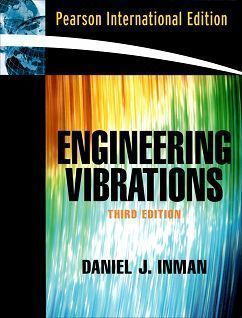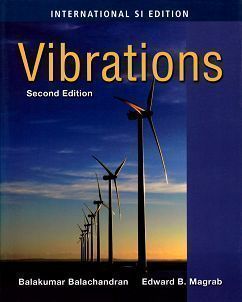書籍分類

Engineering Vibration 3/e
作者:Daniel J. Inman
原價:NT$ 1,250
ISBN:9780132425445
版次:3
年份:2008
出版商:Pearson Education
頁數/規格:681頁/平裝單色
版次:3
年份:2008
出版商:Pearson Education
頁數/規格:681頁/平裝單色
內容介紹 目錄
- Features
-
Special-interest windows utilized throughout the text-Placed at points where prior or background information summaries are required.
* Remind students of essential information pertinent to the text material, preventing them from flipping to previous chapters or reference texts for formulas or other information. -
Examines topics that reflect some of the recent advances in vibration technology, changes in ABET criteria and the increased importance of both engineering design and modal analysis.
* In Chapter 5 (Design for Vibration Suppression) students put vibration analysis into practice by learning how to use vibration theory to design systems, structures and devices. Use of computational codes throughout fully integrates modern software tools into the study of vibration, satisfying ABET criteria. -
Almost every topic contains design-related examples or discussions (32 of the 148 solved examples feature design).
* Helps students relate design and analysis. -
Computational software packages integrated into development of text material.
* Provides students with skills required by industry and allows early introduction to nonlinear vibration. -
Incorporates MATLABR, Engineering Vibration Toolbox, MathematicaR, and MathcadR throughout.
* Allows students to conduct and explore vibration analysis, “what if” studies, and design. -
Toolbox offers professional quality computer analyses-Including basics, introduction to modal analysis with actual experimental data files and finite elements.
* Students are challenged with over 65 computer problems (645 problems in all) including use of manufacture's design charts, measurement analysis, and matrix eigenvalue computing for frequencies and modes. - Running example problem: example runs throughout the text and builds in complexity
-
Examples, problems, and figures:
- 10 new problems per chapter
- 12 new examples throughout
- 20 new figures
New to This Edition



